Have you ever dared to take the exhilarating game of pickleball off the court and onto the lush, green grass? Well, get ready to experience the ultimate pickleball adventure as we dive into the world of playing pickleball on grass. From the joyous feeling of the bouncing ball under your feet to the strategic challenges that the uneven terrain brings, this unique twist on the popular sport is sure to ignite your competitive spirit. So, grab your paddles, strap on your sneakers, and uncover everything you need to know about playing pickleball on grass.
What is Pickleball?
Pickleball is a fun and fast-growing racquet sport that combines elements of tennis, badminton, and table tennis. It’s easy to learn and play for people of all ages and skill levels, making it an ideal activity for families and friends.
The name “pickleball” is said to have originated from the sport’s inventor, Joel Pritchard, when he named it after his family’s dog Pickles. The story goes that Pickles would chase after stray balls and hide them in the bushes, similar to how players must “pick up” a ball during the game.
The court size is comparable to that of a badminton court. To play, you’ll need a paddle that resembles a larger table tennis paddle, along with a perforated plastic ball, similar to a wiffle ball. For added comfort and mobility, players can opt for athletic shoes and attire that allows for easy movement. Whether you choose to play indoors or outdoors, pickleball promises an exciting and enjoyable experience for all.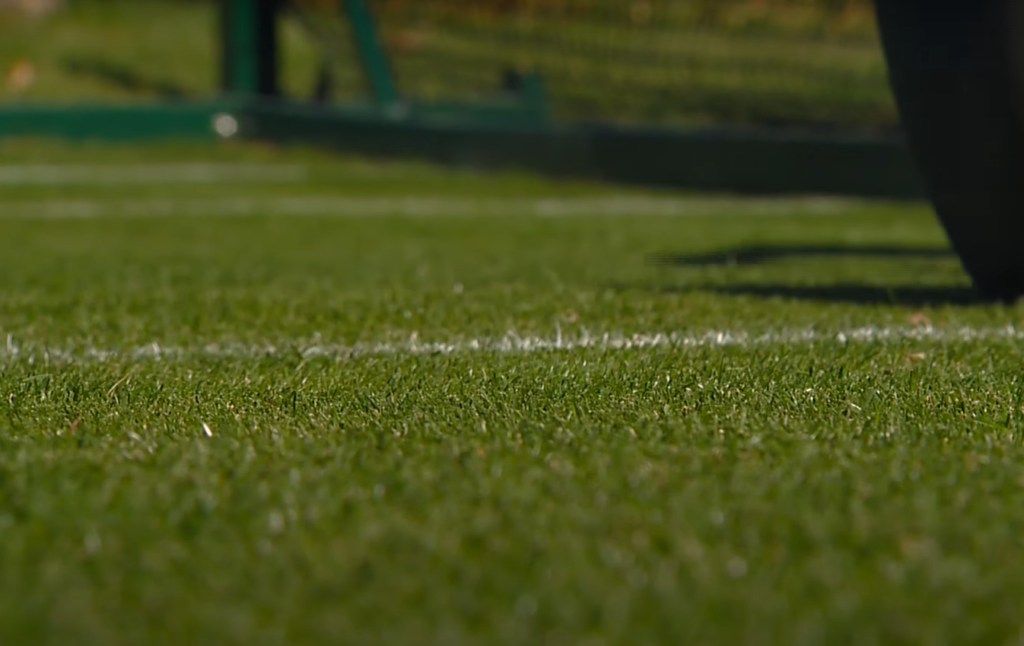
Pickleball can be played as singles or doubles. The objective is to hit the ball back and forth over a net using the paddle, similar to tennis. The serving team starts with one player serving diagonally across the court, and each player gets two chances to serve before it’s the other team’s turn. Points can only be scored by the serving team, and games are typically played until 11 points.
Pickleball’s popularity has exploded in recent years due to its accessibility, low-impact nature, and the social aspect of the game. The sport is easy to pick up for beginners but also provides a challenging and competitive experience for more experienced players. It also allows people of all ages and abilities to play together, making it a great activity for communities and social groups. Pickleball is also a great way to stay active and healthy while having fun with friends and family.
Pickleball can be played in various settings, such as community centers, sports complexes, parks, and even in backyards. Many cities now have dedicated pickleball courts or designated areas for playing the sport. Additionally, there are numerous pickleball tournaments and leagues held worldwide, making it easy for players to compete and improve their skills. As the sport continues to grow in popularity, more and more places will offer opportunities for people to play pickleball.
A Beginners Guide On How To Play Pickleball On Grass
What It’s Like To Play Pickleball on Grass
Playing pickleball on grass can be a fun and unique experience compared to playing on traditional hard courts. The softness of the grass surface adds an element of cushioning, making it easier on your joints while still providing enough traction for quick movements.
One of the main differences when playing pickleball on grass is that the ball will bounce differently due to the uneven surface. This requires players to adjust their shots and footwork accordingly. Additionally, the wind can have a larger impact on the ball’s movement, making it important for players to be aware of its direction.
Another notable aspect of playing pickleball on grass is the increased risk of slipping or falling. It is important for players to wear appropriate footwear with good traction and to always be mindful of their footing on the grass [1].
How To Prepare Your Pickleball Grass Court
Before playing pickleball on a grass court, it is important to make sure the surface is in good condition.
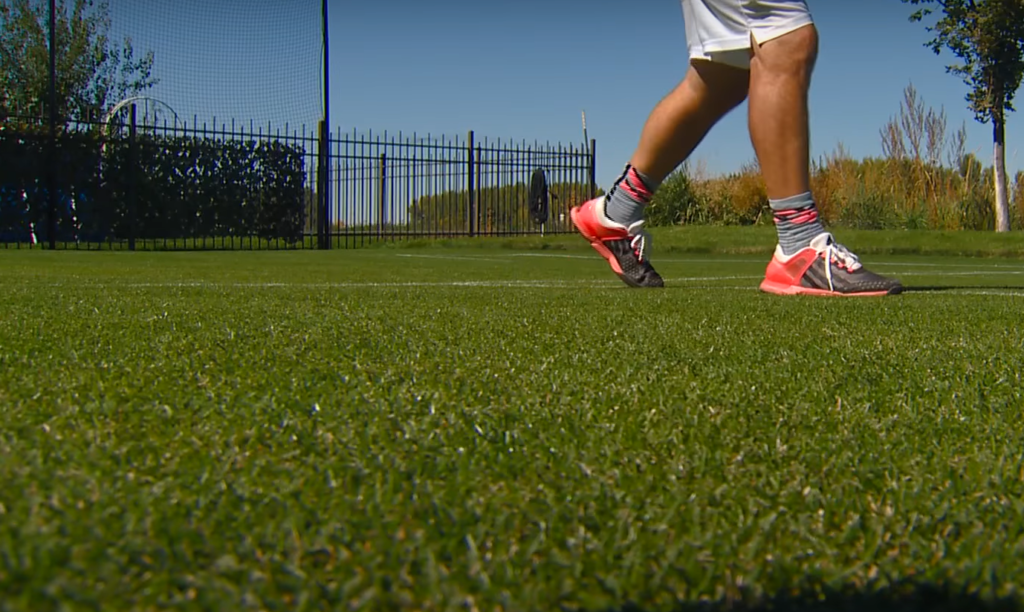
Here are some steps you can take to prepare your pickleball grass court:
- Mow the grass to a short length (around 1 inch) to ensure the ball bounces consistently.
- Remove any debris or obstacles from the court such as rocks, twigs, or large clumps of grass.
- Water the court before playing to help keep the surface from becoming too dry and slippery.
- Mark the boundaries of the court with chalk or cones to clearly define the playing area.
The Best Surfaces To Play Pickleball On
While playing pickleball on grass can be a fun change of pace, the best surfaces to play on are typically hard courts or clay courts. These surfaces provide consistent bounce and traction, allowing for more precise shots and movements.
Hard courts, made of materials such as concrete or asphalt, are the most common surface for pickleball. They offer a fast-paced game with good ball bounce and traction. Clay courts, made of crushed shale or brick, provide a slower game with more room for error due to the softer surface.
Ultimately, the best surface for pickleball will vary depending on personal preference and availability. It is always recommended to try playing on different surfaces to see which one suits you best.
Tips For Playing Pickleball On Grass
Pickleball is a popular sport that combines elements of tennis, badminton, and ping pong. It can be played on various surfaces including hard courts, clay courts, and even grass.
Here are some tips to help you improve your game when playing pickleball on the grass.Use the Right Shoes
When playing pickleball on grass, it is important to wear shoes that provide good traction and grip. Grass can be slippery, especially when it’s wet, so make sure your shoes have a good grip to prevent slipping and falling.
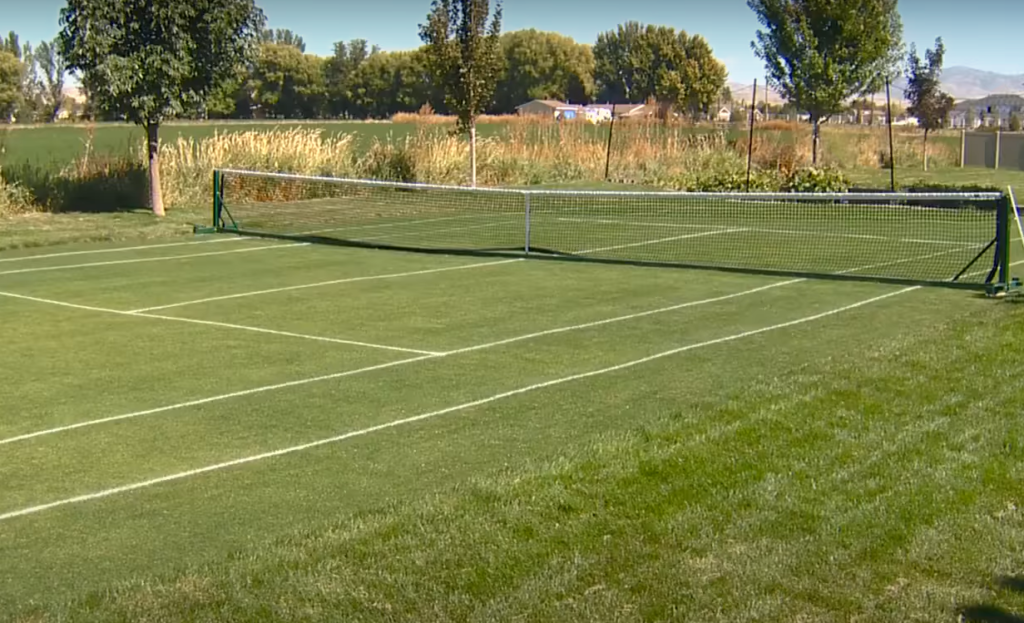
Avoid wearing regular tennis shoes as they are designed for hard court surfaces and may not provide enough traction on grass.
Adjust Your Footwork
Playing pickleball on grass requires some adjustments in footwork compared to playing on hard courts. Since grass is a softer surface, your feet may sink into the ground a bit, making it harder to move quickly. To combat this, try taking smaller and quicker steps to maintain balance and agility on the court.
Use a Different Ball
The type of ball used in pickleball can also make a difference when playing on grass. The standard indoor balls used on hard courts may not bounce as well on grass, making it harder to control the ball. Consider using an outdoor ball specifically designed for grass surfaces to improve your game.
Be Mindful of the Wind
Grass courts are more susceptible to wind compared to indoor courts. This can significantly affect the flight of the ball and make it harder to control. Be aware of the wind direction and adjust your shots accordingly. For example, if the wind is blowing towards you, hit a softer shot to prevent the ball from flying out of bounds.
Use More Spin
Due to the softer surface of grass courts, the ball tends to bounce lower and slower. To counter this, use more spin on your shots. Adding topspin or slice can help control the trajectory of the ball and make it easier to hit winners.
Practice Your Serves
Serving on grass is different compared to serving on hard courts because you’re essentially hitting the ball into an uneven surface. Take some time to practice your serves on grass and adjust your technique accordingly. You may need to hit with more power or angle your serve differently to compensate for the uneven bounce.
Be Prepared for Varied Bounce
Since grass is a natural surface, it can have imperfections and variations in its texture, leading to unpredictable bounces. Be prepared for the ball to bounce differently compared to hard courts and be ready to adjust your shots accordingly. This means being quick on your feet and using proper footwork.
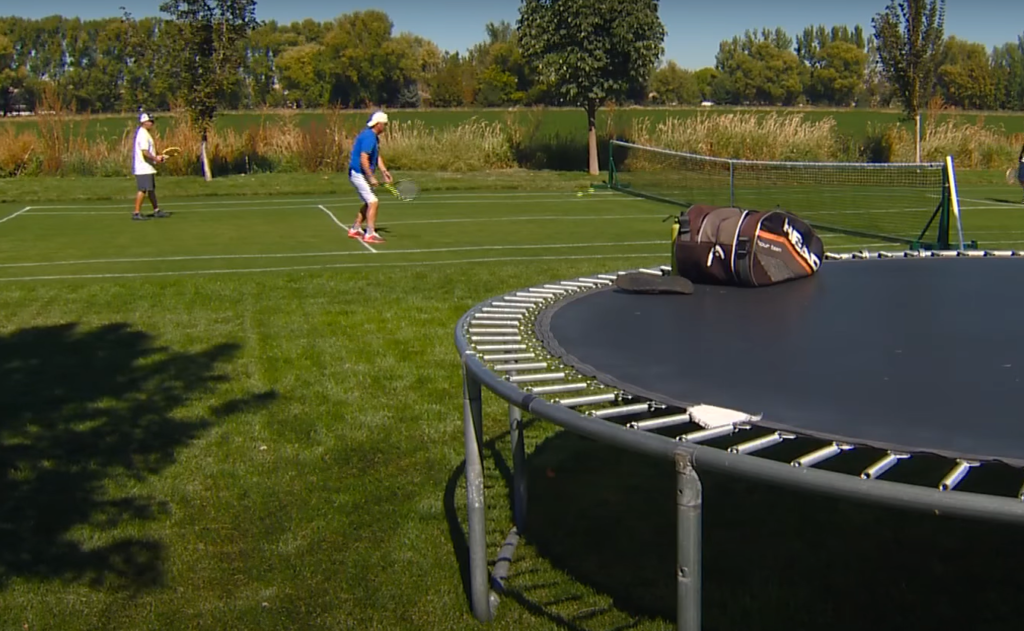
Overall, playing pickleball on grass requires some adjustments and a different approach compared to playing on other surfaces. But with practice and these tips in mind, you can improve your game and have a fun time playing pickleball on the grass. So grab your racket, put on your grass-friendly shoes, and get ready to enjoy this unique version of the popular sport!
Why Playing Pickleball On Grass Can Be Challenging
The Ball Won’t Have as Much Bounce on Grass
When playing pickleball on a grass surface, one of the main challenges is dealing with the lack of bounce from the ball. Unlike hard court surfaces, where the ball bounces consistently and predictably, grass can greatly affect how high or low the ball will bounce.
This can make it difficult for players to anticipate and time their shots, as they have to constantly adjust to the changing bounce of the ball. Additionally, because grass is softer and more forgiving than hard courts, the ball may not travel as fast or far when it bounces, making it harder to generate power and control. To combat this challenge, players must be prepared to move quickly and adjust their shots accordingly in order to successfully keep up with the game on a grass surface.
Yards and Lawns Can Be Uneven and Unpredictable
Another challenge of playing pickleball on grass is the uneven and unpredictable nature of the surface. Unlike a flat, level hard court, yards and lawns can have dips, bumps, and divots that can greatly affect gameplay.
These inconsistencies can make it difficult to move around the court smoothly and can cause players to trip or lose their balance. In addition, the ball may bounce in unexpected directions or get stuck in a depression on the grass, making it harder to make accurate shots. To overcome this challenge, players must be constantly aware of their footing and be prepared to adjust their movements to compensate for any irregularities on the surface.
Slipping and Sliding Can Be Hazardous
On top of dealing with uneven surfaces, playing pickleball on grass can also be hazardous due to slipping and sliding. Unlike hard courts that provide a solid grip, grass surfaces can be slippery and cause players to lose their footing.
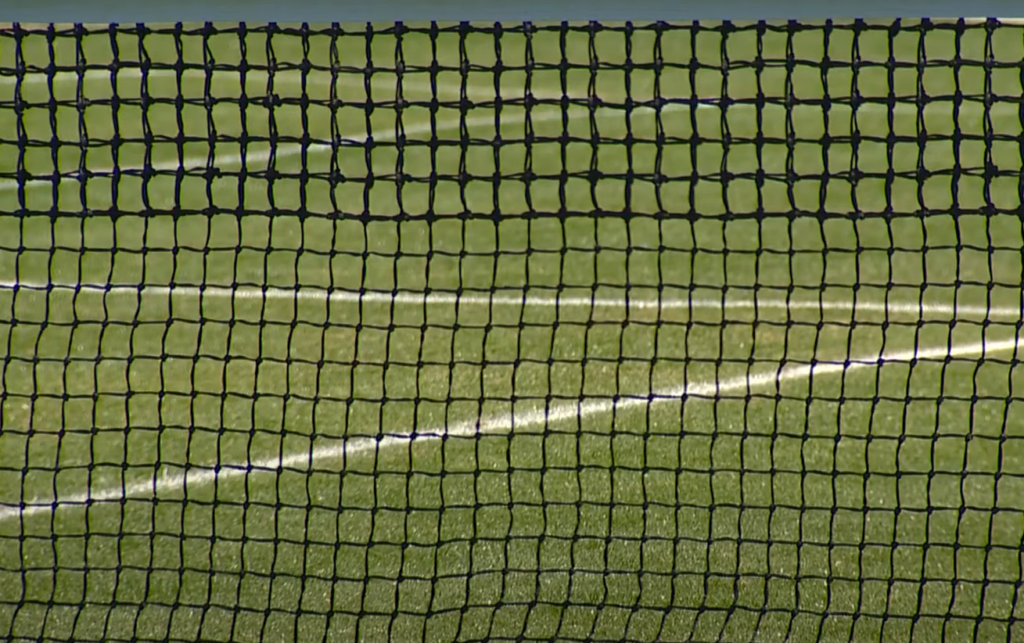
This not only affects the overall gameplay, but it can also increase the risk of injury for players. To minimize the chances of slipping and sliding on grass, players may need to wear appropriate footwear with good traction and be prepared to adjust their movements accordingly. Additionally, playing on a well-maintained grass surface can greatly reduce the chances of slipping and sliding.
Grass Can Slow Down Your Momentum
One of the main appeals of pickleball is its fast-paced and dynamic gameplay. However, playing on grass can greatly slow down this momentum.
As mentioned earlier, the softer surface of grass can make it harder for players to generate power and speed in their shots. This means that rallies may not be as quick and intense as they would be on a hard court, which can be frustrating for players who are used to a faster pace. To overcome this challenge, players may need to adjust their strategies and focus on consistency rather than power when playing on grass.
Weather Can Affect Gameplay
Lastly, weather can also play a major role in the challenges of playing pickleball on grass. Rain or excessive moisture can make the surface even more slippery, while wind can greatly affect the flight of the ball.
Players may need to adjust their game plan and shots depending on the weather conditions, which can add an extra layer of difficulty to playing on grass. Additionally, rain or excess moisture can also make the surface muddy and slick, making it even harder to move around and maintain balance.
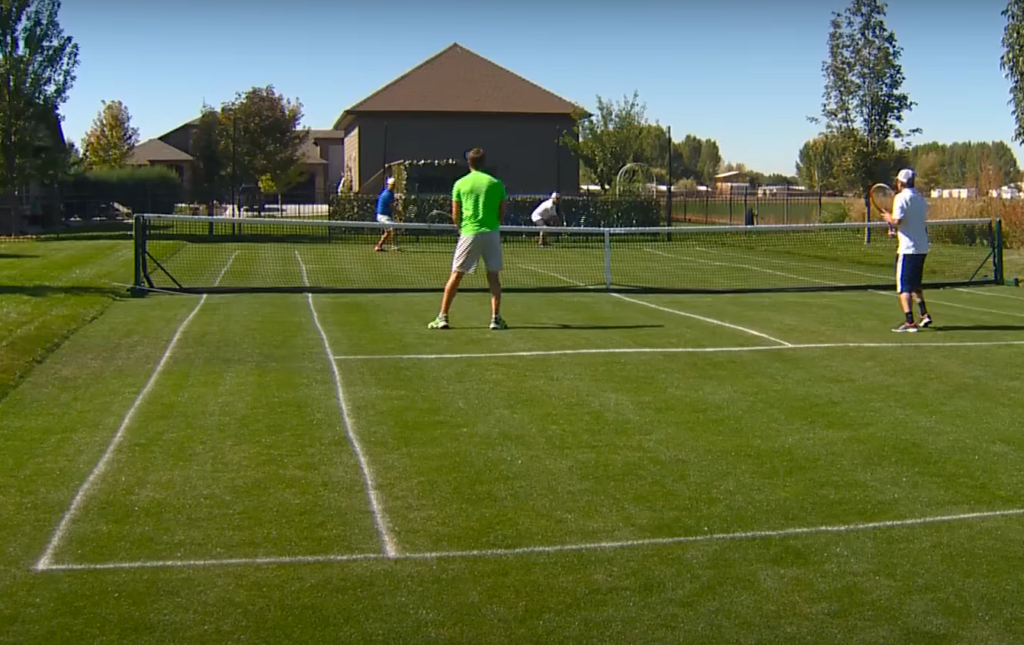
Overall, playing pickleball on grass presents a unique set of challenges that players may not encounter on other surfaces. To overcome these challenges, players must be prepared to adapt and adjust their strategies, movements, and shots in order to successfully compete on a grass court.
This will also make the game more enjoyable and challenging, pushing players to continuously improve their skills and tactics [2].FAQ
Can I play pickleball on turf?
Yes, pickleball can be played on turf. In fact, many players prefer to play on turf as it offers a faster game with better ball control. The artificial surface of turf allows for consistent bounce and speed, making it ideal for competitive matches.
However, there are some things to consider when playing pickleball on turf. First, make sure the turf is specifically designed for sports use and is not too hard or abrasive. This can lead to injuries such as knee, ankle, and hip pain.
It is also important to wear appropriate footwear when playing on turf. Shoes with good traction are necessary to prevent slipping and sliding on the surface. Additionally, make sure to regularly check the condition of the turf before playing. If there are tears or holes, it is best to avoid playing on that turf until it is repaired.
Lastly, be mindful of the weather when playing on turf. Rain and moisture can make the surface slippery and increase the risk of injury. If possible, try to play on a dry day or choose an indoor turf facility.
What surfaces can pickleball be successfully played on?
Pickleball can be played on a variety of surfaces, including indoor and outdoor courts. The most common surface for pickleball is a hard court made of either concrete or asphalt. These surfaces provide good ball bounce and are ideal for more competitive play.
Other popular surfaces for pickleball include grass and clay courts. Grass courts tend to offer a slower game with less bounce, making it suitable for beginners or those looking for a more relaxed game. Clay courts also offer a slower pace and are gentler on the joints, making them great for players with injuries.
As mentioned earlier, turf is also a popular surface for pickleball. It offers a fast-paced game with consistent bounce and is great for competitive matches.
Ultimately, the best surface for pickleball is a matter of personal preference and playing style. It is recommended to try out different surfaces to see which one suits you best. Just make sure to follow proper court etiquette and maintain the surface for the enjoyment of all players.
Can pickleball be played on dirt?
Yes, pickleball can be played on dirt. While it is not a commonly used surface, some players have found success in playing on dirt courts. However, there are some factors to consider when playing pickleball on dirt.
Firstly, it is important to note that the ball may bounce differently on dirt compared to other surfaces. This can take some getting used to and may affect your game. Additionally, dirt courts are more susceptible to weather conditions such as rain and wind, which can significantly impact the playing surface.
Furthermore, playing on dirt may cause more wear and tear on equipment such as paddles and balls. The rough surface can also be tough on players’ joints, so it is important to stretch properly before and after playing.
Can you play pickleball in the driveway?
Yes, pickleball can be played in the driveway. In fact, many people have converted their driveways into makeshift pickleball courts as it is a convenient and accessible option.
However, there are some factors to consider before turning your driveway into a pickleball court. First, make sure that you have enough space for a regulation-size court (20ft x 44ft). If your driveway is not big enough, you can adjust the court size to fit the space available.
Another important consideration is the surface of your driveway. Make sure it is smooth and free of cracks or debris that can cause injuries. It may also be necessary to add some grip tape or paint lines for better traction and visibility on the court.
Lastly, consider how playing in the driveway may affect your neighbors. Pickleball can be a loud sport, so make sure to communicate with your neighbors and find a time to play that works for everyone. It is also important to follow proper court etiquette and clean up after playing to maintain good relations with the neighborhood.
Why can playing pickleball on grass be difficult?
Playing pickleball on grass can be difficult because the surface is not as consistent as other surfaces such as concrete or asphalt. Grass courts tend to be softer and have less ball bounce, making it more challenging to control the ball.
Additionally, playing on grass requires players to adjust their footwork and movements compared to other surfaces. The lack of grip and stability on grass may also increase the risk of slipping and falling.
Furthermore, weather conditions can greatly affect grass courts. Rain or moisture on the court can make it slippery and difficult to play on. Uneven surfaces, such as bumps or divots in the ground, can also make playing on grass more challenging.
Overall, while playing pickleball on grass may offer a different experience, it requires players to adapt and adjust their game accordingly. It may also be more physically demanding, making it a good workout for those looking for a challenge.
Who can play pickleball?
Pickleball is a sport suitable for people of all ages and skill levels. It can be played by children, adults, and seniors alike.
For younger players, it offers a fun and active way to develop hand-eye coordination, agility, and teamwork skills. As players age, pickleball becomes a low-impact sport that is gentle on the joints, making it a great option for older adults looking to stay active and healthy.
Pickleball is also an inclusive sport that can be adapted to different physical abilities. Modifications such as using smaller courts or softer balls can make the game more accessible for those with injuries or disabilities.
No matter your age or ability, pickleball can be enjoyed by anyone who is willing to pick up a paddle and have fun on the court. It is a welcoming community that values sportsmanship and camaraderie, making it a great sport for people of all backgrounds to come together and play.
Useful Video: Do You Play Pickleball?
Conclusion Paragraph
So, playing Pickleball on grass offers a great alternative to playing on hard courts. It is not only beneficial for the environment, but it also comes with a unique set of challenges that can improve your game and make it more fun. Grass Pickleball lends itself well to recreational play as players at all levels can find enjoyment from this surface. For families or groups of friends looking for an outdoor activity, this is a great option to consider. Additionally, the softer surface means there is less impact on your joints and muscles, making it a safer choice for those who may have physical limitations or injuries.
References:
- https://www.sandypickle.com/grass-pickleball/
- https://pickleballunion.com/can-you-play-pickleball-on-grass/




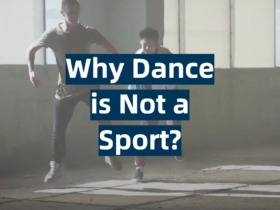
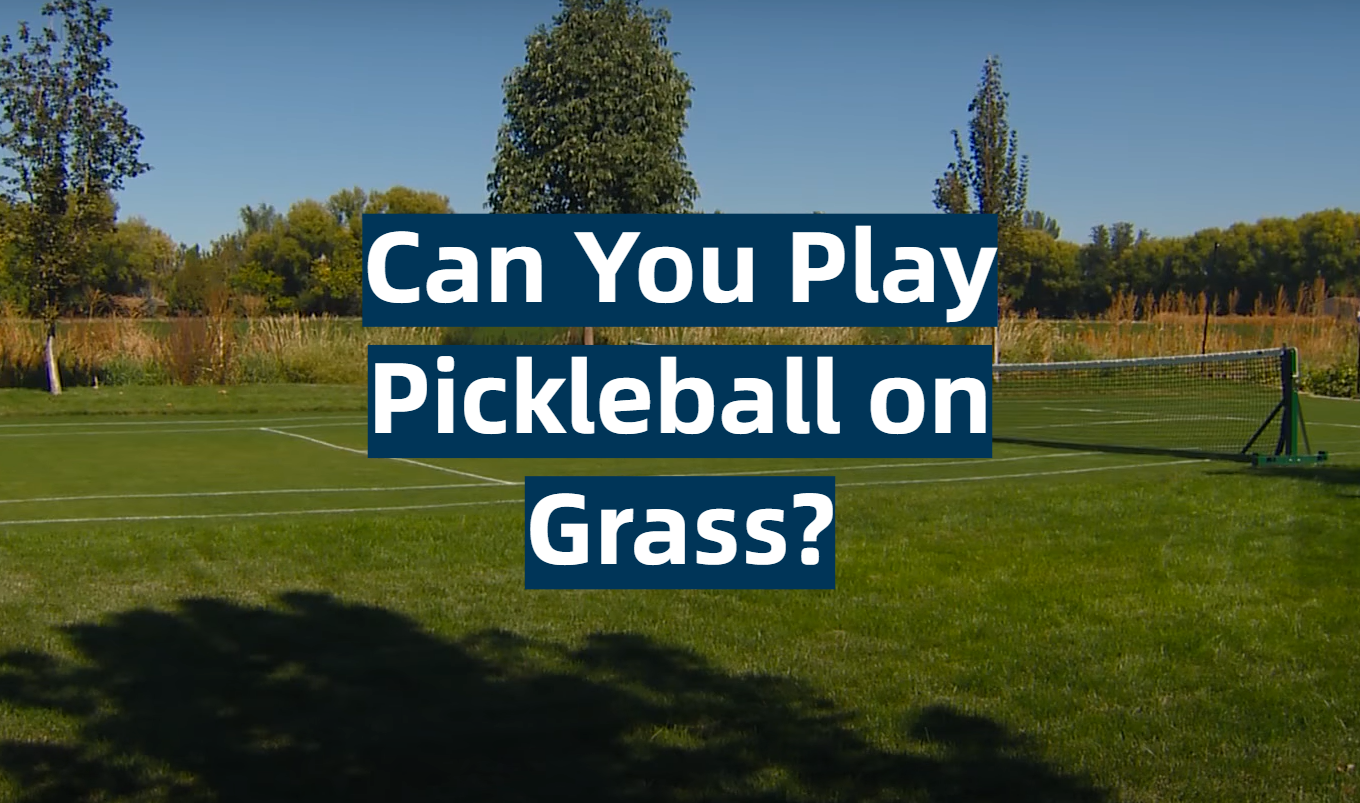
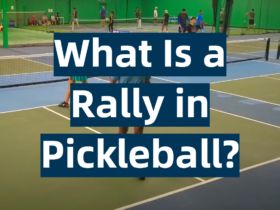
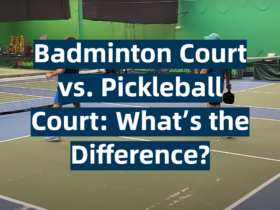
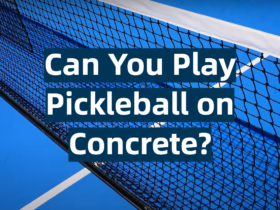
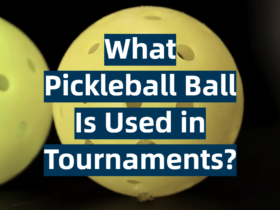
Leave a Review